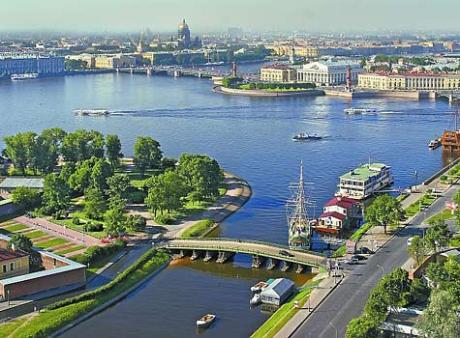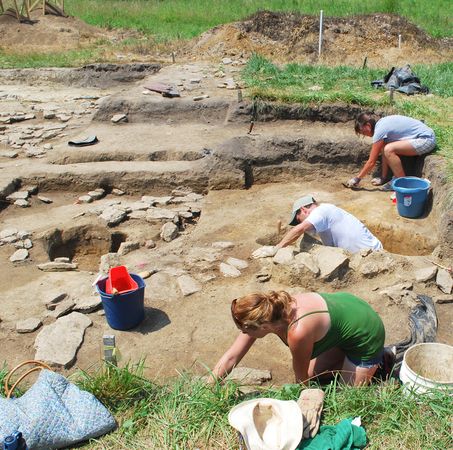In my day work I am no stranger to government bureaucracies and "programs" manipulating information about their activities until it suits them to do otherwise. The WISE mission is no different.
In March of this year David Shiga wrote an obviously informed article revealing early results of the WISE mission (below). Six weeks into WISE's work, someone revealed to Shiga (I don't think it is press release material, but prove me wrong) that 16 NEO's had been identified, and strangely, these objects were in comet-like inclined orbits (making them comets). Then, this week, six month later, we get an update from the JPL mission team reporting a total of 15 new "comets" have been found, and 25,000 new "asteroids."
What happened to the original 16 objects with inclined orbits? Are they now just lumped in with asteroids? How many of the "asteroids" orbits are inclined (making them comets)?.
The WISE mission is massaging, or least showing no consistency, in their use of the terms comet and asteroid in their press releases or private communication with the media. I am sure the public will able to sort this out in six more months as promised in the JPL press release. But the
opaque and clumsy treatment of this important quasi-public information in the popular press in the meantime is disappointing.
I would love for a reader or two to provide insight and clarification regarding these matters. I do not, for instance, monitor or quite understand the Minor Planet Center. Perhaps all this info is being fed to "Harvard" and WISE feels no responsibility to elaborate in a press releases regarding the finer points of astronomical nomenclature. Or, maybe you sense the same manipulation-without-explanation I do...



Comment: For additional in-depth information see Laura Knight-Jadczyk's Meteorites, Asteroids, and Comets: Damages, Disasters, Injuries, Deaths, and Very Close Calls.